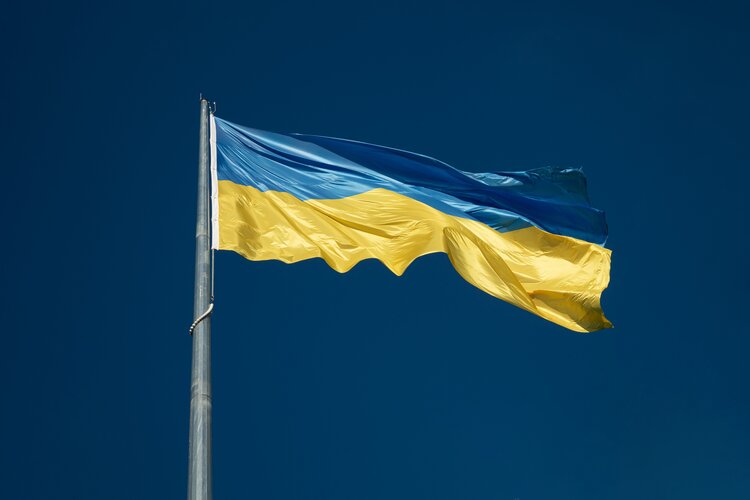Citing two US officials familiar with the decision, CNN News reported on Sunday that US President Joe Biden authorized Ukraine to use powerful long-range American weapons to strike inside Russia.
The decision to allow the use of the Army Tactical Missile Systems, or ATACMS, inside Russia came after Moscow deployed nearly 50,000 troops to Kursk, the southern Russian region.
It is also worth mentioning that North Korea has deployed thousands of its troops to Kursk as part of Russia’s offensive, sparking concern from Biden and his advisers that their entry could lead to a dangerous new phase in the war, per CNN News.
“The change comes largely in response to Russia’s deployment of North Korean ground troops to supplement its own forces, a development that has caused alarm in Washington and Kyiv,” Reuters reported, citing a US official and a source familiar with the decision.
In response, Ukrainian President Volodymyr Zelenskiy said, “today, many in the media are saying that we have received permission to take appropriate actions.”
“But strikes are not made with words. Such things are not announced,” he added.
Market reaction
Asian stock markets remain a mixed bag, with Chinese indices rebounding, shrugging off the renewed geopolitical tensions. However, Gold price has come under intense buying pressure, and it is looking to regain $2,600 in increased demand for the traditional safe-haven asset.
Meanwhile, the US Dollar Index trades listlessly above 106.50, consolidating the recent upside.
Risk sentiment FAQs
In the world of financial jargon the two widely used terms “risk-on” and “risk off” refer to the level of risk that investors are willing to stomach during the period referenced. In a “risk-on” market, investors are optimistic about the future and more willing to buy risky assets. In a “risk-off” market investors start to ‘play it safe’ because they are worried about the future, and therefore buy less risky assets that are more certain of bringing a return, even if it is relatively modest.
Typically, during periods of “risk-on”, stock markets will rise, most commodities – except Gold – will also gain in value, since they benefit from a positive growth outlook. The currencies of nations that are heavy commodity exporters strengthen because of increased demand, and Cryptocurrencies rise. In a “risk-off” market, Bonds go up – especially major government Bonds – Gold shines, and safe-haven currencies such as the Japanese Yen, Swiss Franc and US Dollar all benefit.
The Australian Dollar (AUD), the Canadian Dollar (CAD), the New Zealand Dollar (NZD) and minor FX like the Ruble (RUB) and the South African Rand (ZAR), all tend to rise in markets that are “risk-on”. This is because the economies of these currencies are heavily reliant on commodity exports for growth, and commodities tend to rise in price during risk-on periods. This is because investors foresee greater demand for raw materials in the future due to heightened economic activity.
The major currencies that tend to rise during periods of “risk-off” are the US Dollar (USD), the Japanese Yen (JPY) and the Swiss Franc (CHF). The US Dollar, because it is the world’s reserve currency, and because in times of crisis investors buy US government debt, which is seen as safe because the largest economy in the world is unlikely to default. The Yen, from increased demand for Japanese government bonds, because a high proportion are held by domestic investors who are unlikely to dump them – even in a crisis. The Swiss Franc, because strict Swiss banking laws offer investors enhanced capital protection.
Read the full article here

